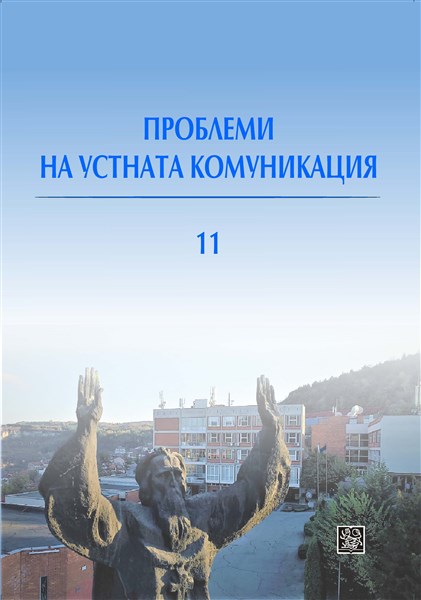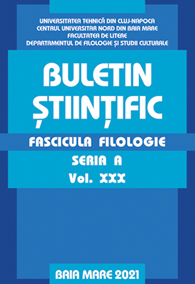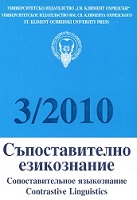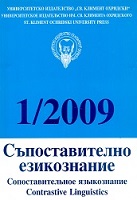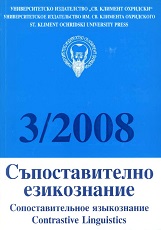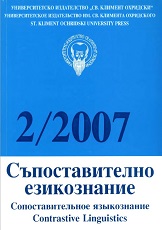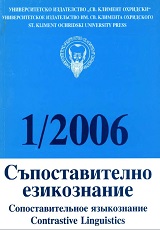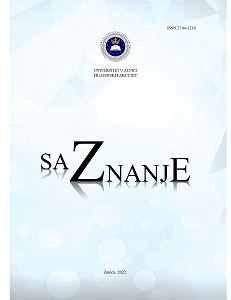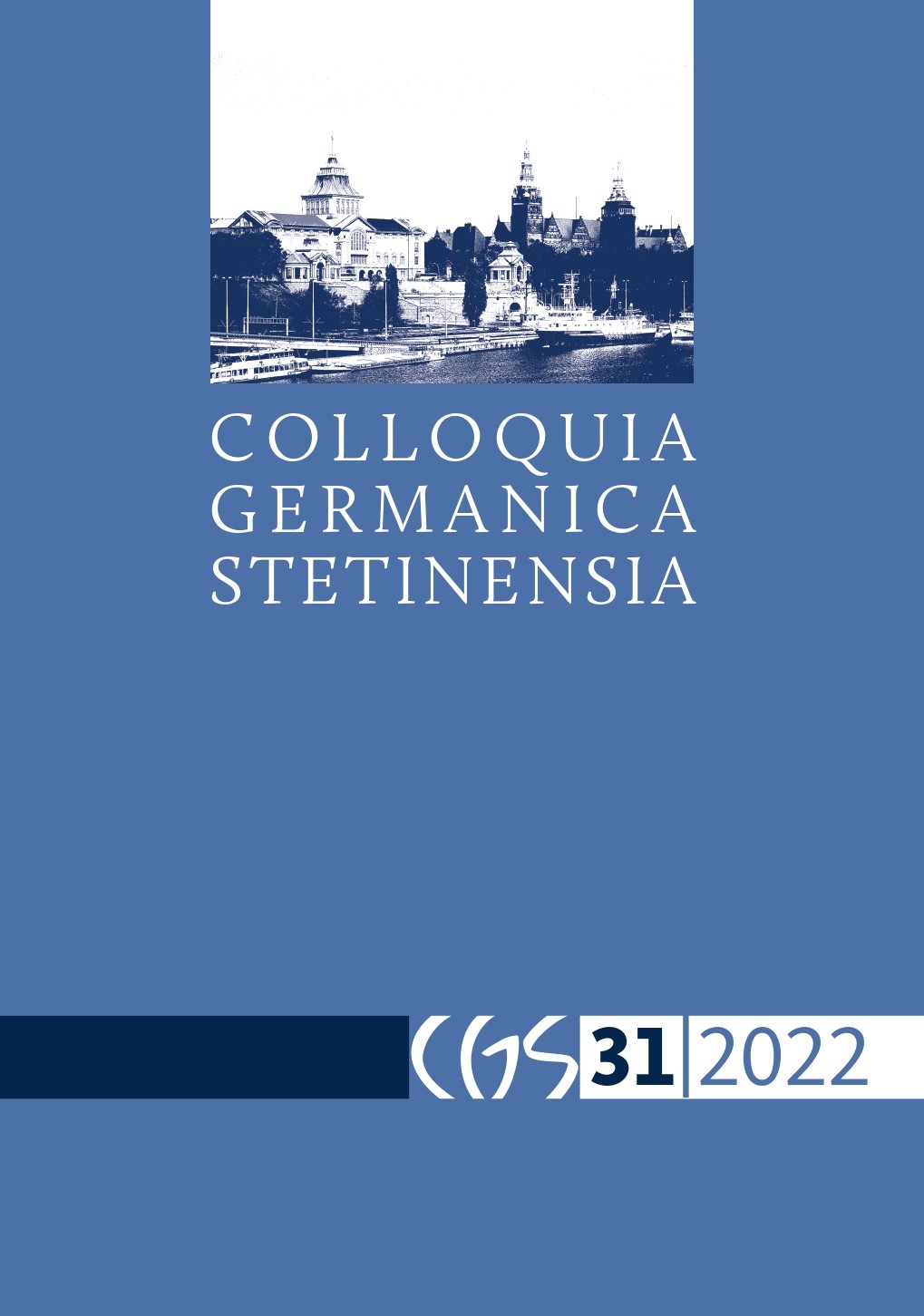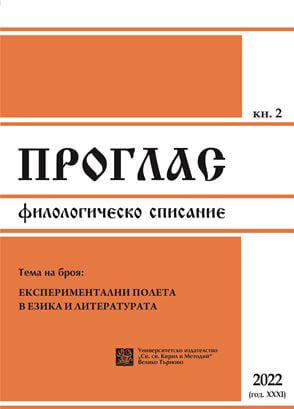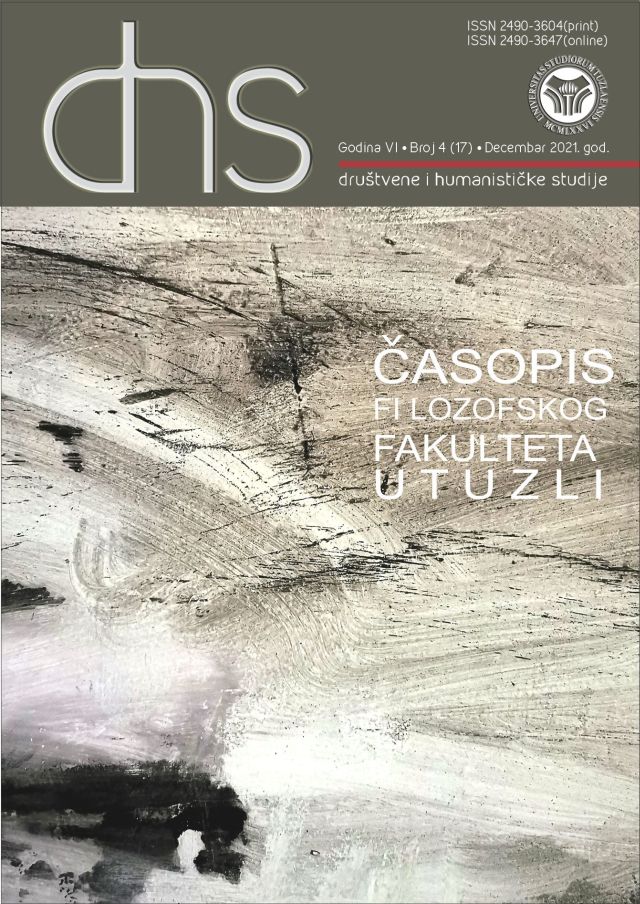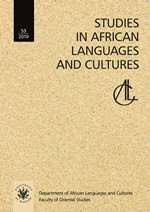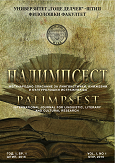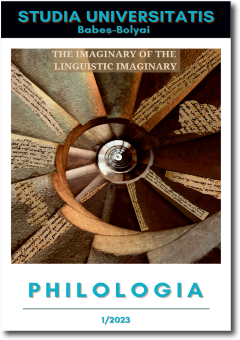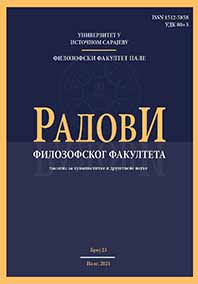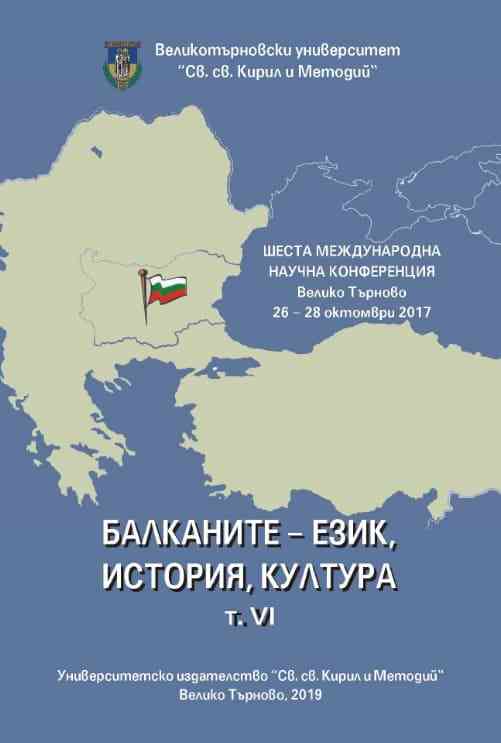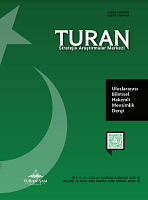Riimi sunnil sündinud elukas
The article focuses on a nominal phrase or compound word invented by the translators of the first versified Estonian church hymnal (1656). Although the German versions of Lutheran church hymns had end rhyme, the hymns used to be translated into Estonian in prose and without any rhyme up to the mid-17th century. The translators of the hymnal of 1656 were the first to employ meter and rhyme following the strict versification rules established by Martin Opitz. In order to find pure rhymes various tricks were used. In five hymns, the frequent verb form on (’is, are, have, has’) was rhymed with the conspicuous phrase põrgu konn ’toad of hell’ as a synonym for ‘the Devil’. Although Martin Luther had indeed compared the devil to the toad, the corresponding compound word *Höllenfrosch or *Höllenkröte was unfamiliar in Lutheran German. Even the translators themselves seem to have had doubts about the Estonian phrase and it was mocked by the critics of the first hymnal. From later hymnals the phrase was eliminated, but it had probably already found its way to the vernacular. Since the end of the 18th century it has been registered in dictionaries. In the middle of the 19th century the author of the most famous collection of Estonian fairy tales F. R. Kreutzwald created his well known pseudomythological creature põhja konn ‘Toad of the North’ probably inspired by the same phrase.
More...
